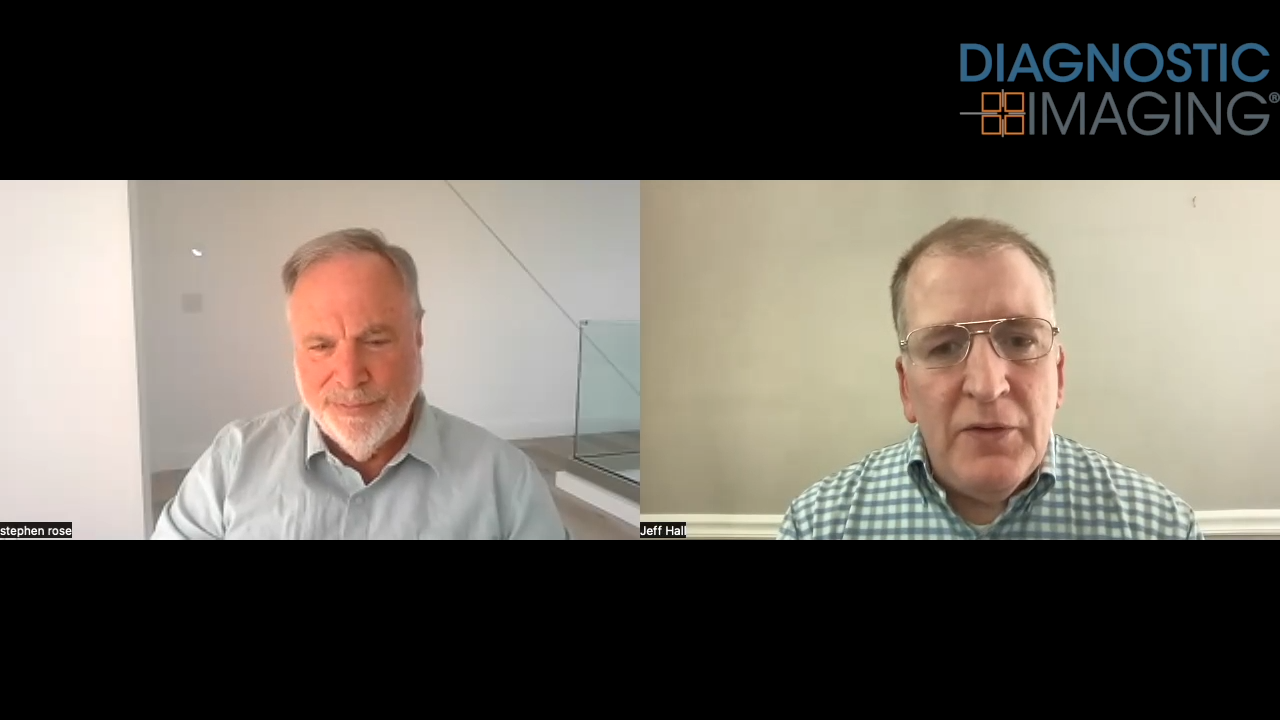What to Know About Pediatric Breast Ultrasound
Pediatric breast cancer rates are low, but guidelines exist to help alleviate patient concerns.

Roughly 12% of women will receive a breast cancer diagnosis in their lifetimes. Only 1% of men will get the same news. Even fewer children-less than 1/100th a percent-develop the condition.
But, thanks to breast cancer awareness campaigns, alertness and anxiety surrounding this disease continue to grow, including among parents. Their concern when a suspicious finding appears in a diagnostic screening test makes it critical that you understand whether and how to use breast ultrasound in such a young population. It can be a useful tool in identifying any abnormality in pediatric breast tissue.
To devise how best to tackle this issue, the University of California at Los Angeles (UCLA) and Children’s Hospital Los Angeles collaborated to improve pediatric breast ultrasound reporting and recommendations. They conducted a literature review to identify best practices in pediatric breast ultrasound, and they reviewed the final pathology reports from 76 pediatric breast ultrasounds performed within their institution.
Their results were published in a 2017 Journal of the American College of Radiology article. Prior to their publication, no formalized guidelines for using breast ultrasound in the pediatric population existed. The team defined pediatric population as any patient under the age of 21.
“We created standardized recommendations for common breast ultrasound findings in the pediatric population based on the results of our literature search for best practices,” wrote Aarti Luhar, MD lead study author and diagnostic and interventional radiologist with UCLA Medical Center. “We believe that offering consistent, specific recommendations will help decrease unnecessary follow-up for pediatric patients.”
Related article: Physical Exam Not Augmented by Breast Ultrasound in Younger Women
The drafted recommendations were reviewed by a multi-disciplinary board, including a board certified pediatric radiologist, a board-certified breast-imaging radiologist, and a board-certified pediatric surgeon.
In the pediatric population, breast ultrasound is the preferred screening modality for a variety of reasons. Not only does it provide adequate screening for dense breast tissue, but it doesn’t expose children to ionizing radiation that could harm immature glandular tissue like a mammogram or tomosynthesis would. And while an MRI doesn’t introduce radiation, children frequently must be sedated to undergo the procedure, making it neither time- nor cost-effective.
According to Luhar’s study team, BI-RADS shouldn’t be used to report findings in the pediatric population because the classification system overstates the risks of malignancy, particularly for categories 3 and 4.
All total, the team drafted seven recommendations based both on age and clinical finding.
- A newborn presenting with nipple discharge does not require ultrasound screening and should undergo clinical follow-up.
- A newborn or infant with subareolar nodules does not require ultrasound screening and should undergo clinical follow-up.
- A prepubertal child with asymmetric breast tissue that has normal breast tissue, duct ectasia, or cystic change seen on ultrasound should undergo clinical follow-up with optional initial ultrasound.
- A pubertal-postpubertal child with a palpable lump will face initial ultrasound, drainage, surgical consultation, or biopsy, depending upon the size of the mass.
- A pubertal-postpubertal child experiencing breast discharge with benign features visualized on ultrasound should have the fluid cultured and return for clinical follow-up.
- A pubertal-postpubertal child experiencing breast discharge with suspicious features visualized on ultrasound should have the tissue biopsied or proceed to surgical consultation for excision.
- A pubertal-postpubertal male child with subareolar nodules but otherwise normal breast tissue on ultrasound should return for clinical follow-up.
Overall, Luhar says, specific recommendations could decrease any prolonged imaging or procedural work-up. As a result, patient and parent anxiety could fall, and cost savings could be generated by avoiding unneeded, additional imaging.
New AI-Enabled Portable Ultrasound May Facilitate 50 Percent Reduction in Cardiac Imaging Scan Time
March 28th 2025Artificial intelligence (AI)-powered measurement capabilities provide key features with the Compact Ultrasound 5500CV device, which was unveiled at the American College of Cardiology (ACC) conference.
Can Ultrasound-Based Radiomics Enhance Differentiation of HER2 Breast Cancer?
March 11th 2025Multicenter research revealed that a combined model of clinical factors and ultrasound-based radiomics exhibited greater than a 23 percent higher per patient-level accuracy rate for identifying HER2 breast cancer than a clinical model.










